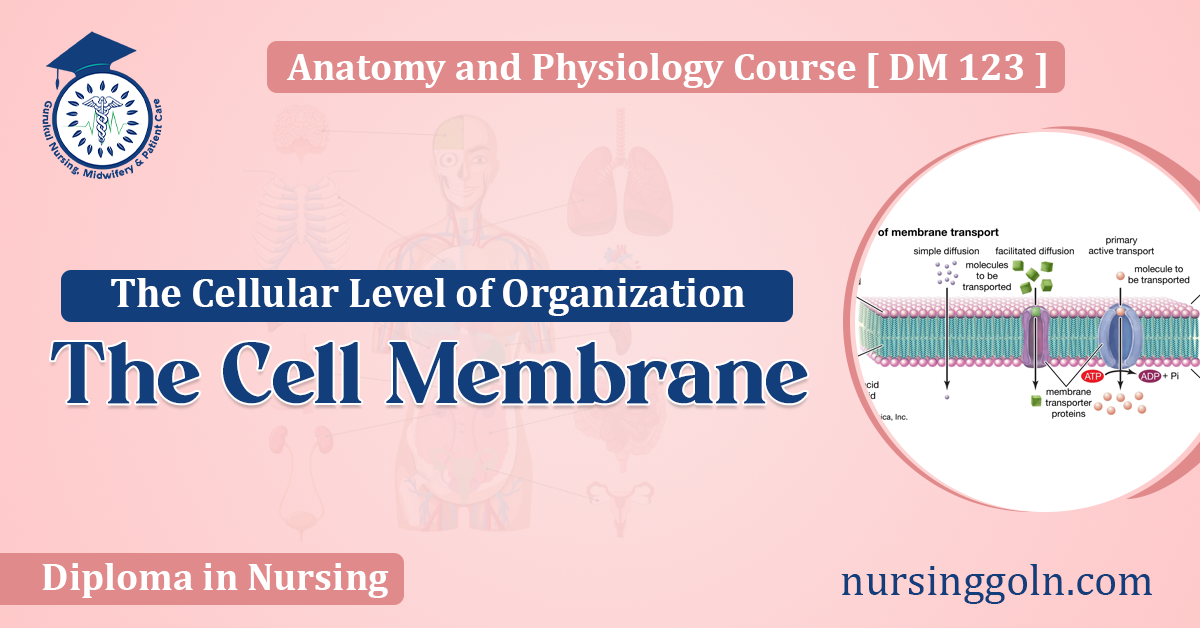When we talk about the complexities of life and its minute details, it’s almost impossible to skip over the importance of the cell membrane. This thin barrier, sometimes also referred to as the plasma membrane, is one of the most vital components of cells. It not only defines the boundary of the cell but also serves as the interface for interaction between the cell’s internal environment and the outside world. In this article, we will delve deep into the cellular level of organization, focusing on the structure, function, and significance of the cell membrane.
1. Introduction to the Cell Membrane
Every living cell, whether it belongs to plants, animals, fungi, or bacteria, is enveloped by a cell membrane. Think of it as the skin of the cell; it plays a vital role in protecting the cell’s internal components, regulating what enters and leaves the cell, and facilitating communication between cells.
2. Structure of the Cell Membrane
The predominant model that explains the structure of the cell membrane is the Fluid Mosaic Model, which was proposed by Singer and Nicolson in 1972. According to this model, the membrane is described as a fluid combination of lipids, proteins, and carbohydrates.
2.1 Phospholipid Bilayer: The fundamental structural component of the cell membrane is the phospholipid bilayer. Each phospholipid molecule has a hydrophilic (water-attracting) “head” and two hydrophobic (water-repelling) “tails”. These phospholipids align themselves such that their hydrophilic heads face the watery environments inside and outside the cell, while the hydrophobic tails are tucked away from the water, facing each other.
2.2 Proteins: Scattered throughout this bilayer are proteins with various functions. These membrane proteins can be classified into two main types:
- Integral proteins: These span the membrane and often act as channels or receptors.
- Peripheral proteins: These are found on the inner or outer surface of the phospholipid bilayer and can act as enzymes, structural attachments, or part of the cell’s cytoskeleton.
2.3 Carbohydrates: On the outer surface of the cell membrane, carbohydrates may be attached to proteins (glycoproteins) or lipids (glycolipids). These carbohydrate chains play a role in cell recognition and signaling.
3. Functions of the Cell Membrane
The cell membrane is not just a passive barrier; it’s a dynamic entity with several essential functions:
3.1 Selective Permeability: One of the most crucial roles of the cell membrane is to regulate the passage of substances in and out of the cell. This selective permeability ensures that essential molecules like glucose can enter the cell, while potentially harmful substances are kept out.
3.2 Cell Signaling: The cell membrane contains receptors that can recognize and bind to signaling molecules, leading to various cellular responses. This allows cells to communicate with each other and respond to external stimuli.
3.3 Cellular Adhesion: Cells can attach to one another or to the extracellular matrix, a network of proteins and carbohydrates found outside the cell. This attachment is facilitated by molecules in the cell membrane.
3.4 Transport: The membrane contains protein channels and pumps that aid in the movement of ions and other molecules across the barrier. Some transport processes require energy (active transport), while others do not (passive transport).
4. Mechanisms of Substance Transport
4.1 Passive Transport: This involves the movement of molecules without the direct expenditure of energy. It includes:
- Simple diffusion: Movement of molecules from a region of high concentration to one of low concentration.
- Facilitated diffusion: Uses protein channels to help molecules that cannot pass through the lipid bilayer directly.
- Osmosis: The diffusion of water across the cell membrane.
4.2 Active Transport: Requires energy, usually from ATP, to move substances against their concentration gradients. Protein pumps are the main players in this process.
4.3 Vesicular Transport: Some molecules are transported in bulk via vesicles. Endocytosis (bringing substances into the cell) and exocytosis (expelling substances out of the cell) are examples.

5. Clinical Relevance of the Cell Membrane
Understanding the cell membrane is not just an academic exercise. It has significant implications in medicine and research:
5.1 Drug Delivery: Many drugs are designed to target the cell membrane or be transported across it. A deep understanding of membrane properties can improve drug delivery methods.
5.2 Disease Understanding: Several diseases, including cystic fibrosis and certain types of anemia, are caused by malfunctioning membrane proteins.
5.3 Organ Transplants: The cell membrane plays a role in the body’s immune response. When an organ is transplanted, the recipient’s immune system may recognize the donor organ’s cells as foreign, due to the molecules present on their cell membranes, leading to organ rejection.
6. Conclusion
The cell membrane, with its intricate structure and myriad functions, is paramount to the survival and functioning of all living cells. It serves as the guardian of the cell’s interior, regulating the passage of substances, protecting delicate internal components, and facilitating communication. As we continue to unravel the mysteries of the cell and its membrane, we find ourselves better equipped to address various challenges in medicine, biology, and other fields of study. This thin barrier, thus, underscores the complexity and wonder of life at the cellular level of organization.
See more:
